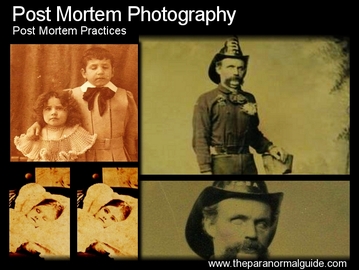
The photos would act as keepsakes, especially if the deceased was a child.
Times, They Change
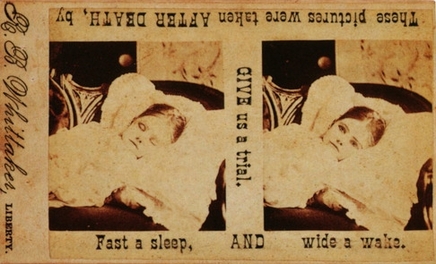 An advertisement for post mortem services.
An advertisement for post mortem services. Unfortunately that meant when someone passed it would be up to the memory of the deceased to hold the image of what that person looked like.
With the invention and commercialisation of the photographic process the situation changed somewhat. Now there was a way that an image could be captured and at a much more affordable price. Soon many middle class families were able to keep a lasting memento of their times.
This meant that although cheaper than a painted portrait, a family would still have to save their money for quite some time in order to afford it, and unfortunately that meant that someone was likely to die before the big day finally came around.
For the middle class this was ok, as they could gather up the monies needed to get that one last memorial of their deceased loved one.
Post Mortem Photography
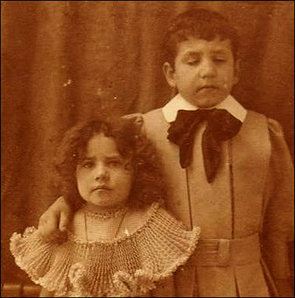
Before long the photography began to get elaborate. Families would crowd around the corpse to get that much sought after final family photo. This began with the family crowded around a bed, then moved to a seated position with the corpse propped up.
It was not too long before tools were developed to specifically aid post mortem photography. Special racks and stands were created, which allowed the body to stand. Extensions under the limbs allowed different poses to be struck, as the body took on a new, yet still, life.
Make up would be applied, to remove the grey pallor of death, and props, a favourite tool or accessory would be added in to further define their role in life.
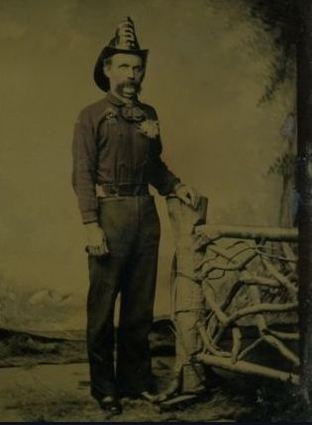
Children's photos became especially elaborate, as typically these photographs would become the only shots the family would have of them. Much of the time the photo would include the brother or sister of the deceased, no doubt quite an uncomfortable process for the still living siblings.
As time went on the photographs became less elaborate once again, usually depicting the body back in the coffin, stood up at an angle with the funeral attendees also in frame.
Although the practice that was once very popular in America, England and much of Europe has now pretty much ceased, it is still practiced at times, but is no longer seen as a 'necessity' for capturing and memorialising the dead.
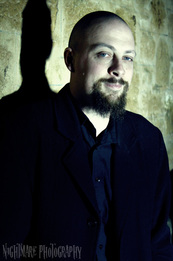



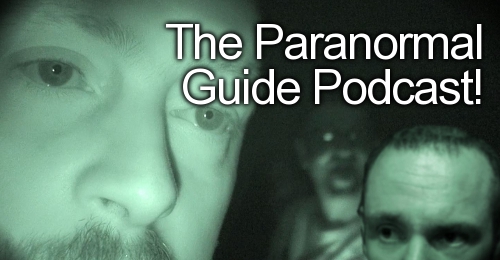
 RSS Feed
RSS Feed
